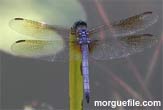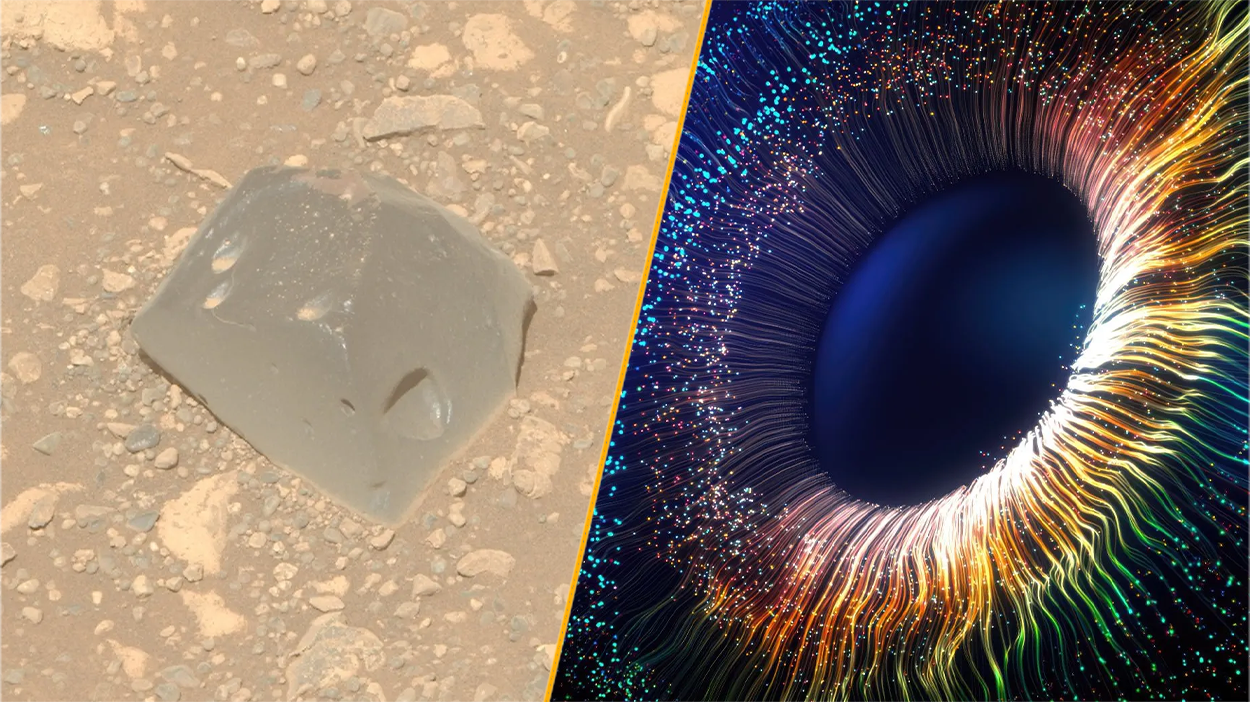
Among all the senses that organisms possess, vision is perhaps the most varied in all the animal kingdom. Millions of years of evolution have produced more than ten different animal vision systems, each perfectly tailored to suit the needs of its owner.
Scientists who look to nature when designing synthetic optics therefore have a lot to choose from. From birds to insects, whales to squid, researchers are taking inspiration from all corners of the animal kingdom when designing artificial eyes.
In today's issue of the journal Science, Luke Lee, a bioengineer from the University of California, Berkeley, reviewed the advances and possibilities.
Two of the most common types of eyes found in nature are the camera-type eye and compound eyes.
Camera-type eyes
The human eye is an example of a camera-type eye, which uses a single lens to focus images onto a light sensitive membrane lining the inside of the eyeball called the retina. Other camera-type eyes exist in nature as well, and some of them are capable of doing neat tricks that our own eyes can't.
Birds, for example, have special muscles in their eyes that allow them to actively change the thickness of their lens and to alter the shape of their corneas. Whales have special hydraulics in their eyes that let them move their lenses nearer or farther from their retinas. This unique system allows the whales to see well both in and out of water, and to compensate for the increased pressure they experience when they dive.
Sign up for the Live Science daily newsletter now
Get the world’s most fascinating discoveries delivered straight to your inbox.
Though scientists have long known how each component of a camera-type eye works, they are still a long way from being able to create a fully functional artificial eye.
Scientists are making more headway with the other common type of eye found in nature: the compound eye.
Compound eyes
The type found in insects and arthropods, compound eyes are made up of many individual lenses. In dragonflies, for example, a single compound eye can have as many as 10,000.
Some compound eyes process an image in parallel, with each lens sending its own signal to the insect or arthropod's brain. This allows for fast motion detection and image recognition, which is one reason why flies are so hard to swat.
New micromachining technology is allowing researchers to produce tiny artificial compound eyes that mimic those found in insects. Researchers have even managed to arrange the individual lenses around a dome, which may one day be used to crate devices that can see in 360-degrees.
Scientists are now probing nature's vision systems at the molecular level to see if they can figure out how animals get around key engineering problems.
Current infrared sensors, for example, can see more than human eyes can, but they require a sophisticated cooling system to work. Somehow, insects have developed infrared eyes without the need for such a system.










